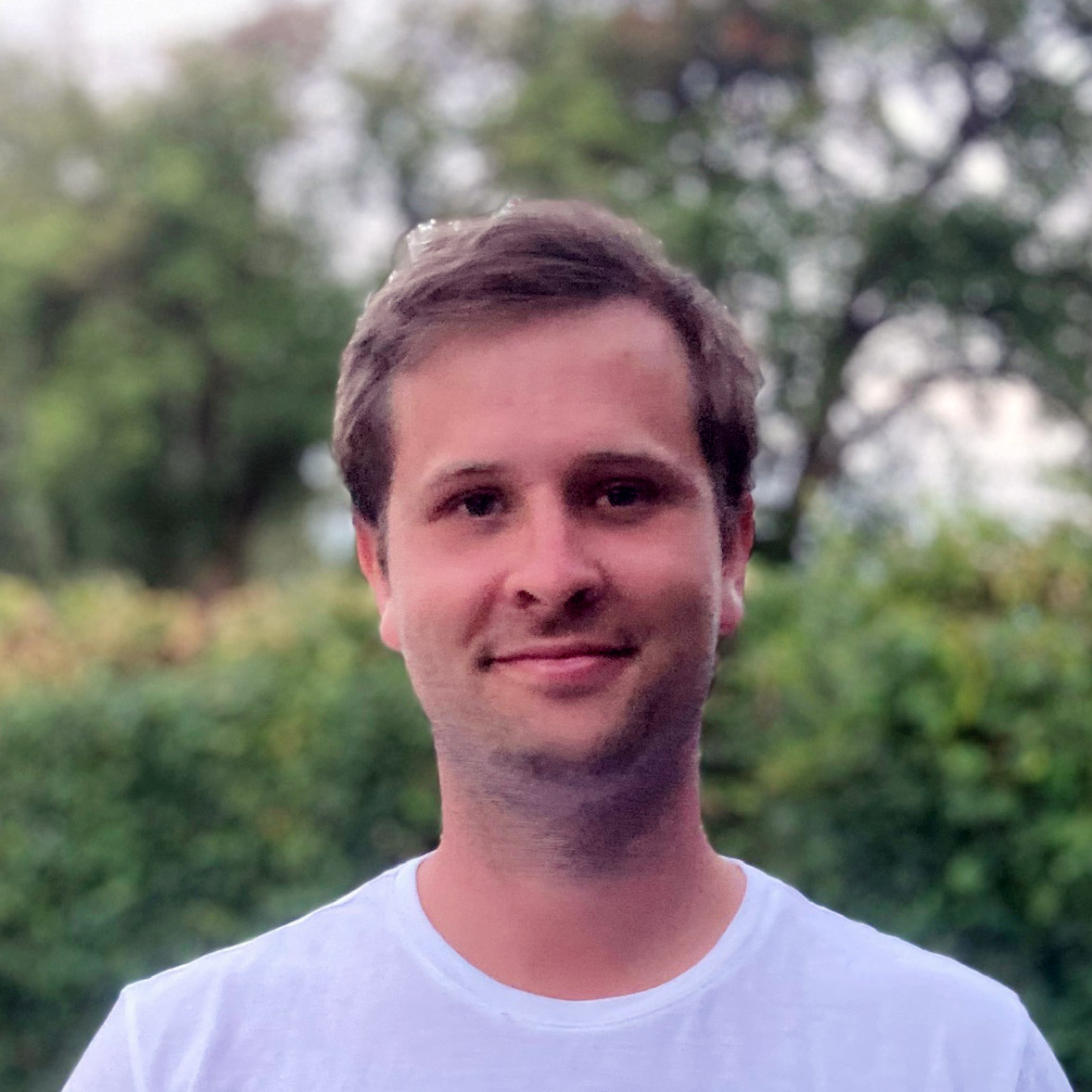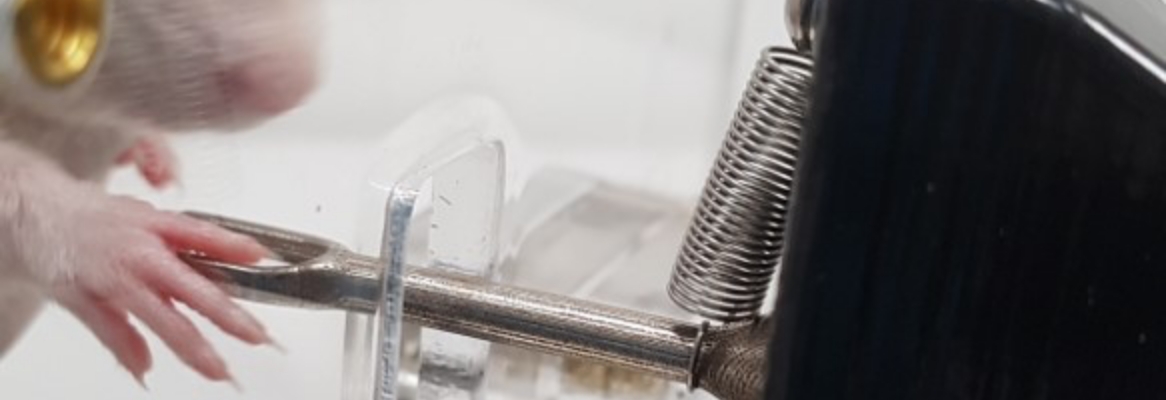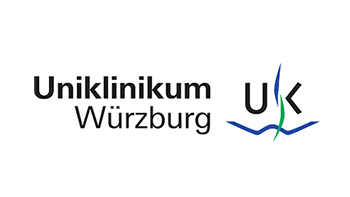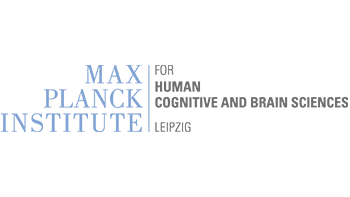Previous work revealed that distinct pathostates require state-specific neuromodulation to have a disease-modifying effect in Parkinson’s disease (PD). During the second funding period project A01 aims to identify state-specific bio- and physio-markers, identify the compensatory mechanisms which prevent motor dysfunction despite neurodegeneration in early disease states, and develop state-specific neurostimulation which enhances these compensatory mechanisms. Together this work will enable stratification of PD patients by pathostates and implementation of state-specific neurostimulation to halt PD progression in all disease states.
Team
-

Prof. Jens Volkmann
Universitätsklinikum Würzburg
Deputy Spokesperson, Steering Committee Member, Project Leader
-

Prof. Rhonda McFleder
Universitätsklinikum Würzburg
Project Leader
-

Prof. Chi Wang Ip
Universitätsklinikum Würzburg
Project Leader
-

Dr. Susanne Knorr
Universitätsklinikum Würzburg
Postdoc
-

Tobias Petschner
Universitätsklinikum Würzburg
PhD Student
-

Dr. Alexander Grotemeyer
Universitätsklinikum Würzburg
A01 Alumnus
-

Dr. Oleg Spivak
Universitätsklinikum Würzburg
A01 Alumnus
Publications
Brain-to-gut trafficking of alpha-synuclein by CD11c+ cells in a mouse model of Parkinson‘s disease.
Feasibility of local field potential-guided programming for deep brain stimulation in Parkinson‘s disease: A comparison with clinical and neuro-imaging guided approaches in a randomized, controlled pilot trial.
Feasibility of local field potential-guided programming for deep brain stimulation in Parkinson’s disease: A comparison with clinical and neuro-imaging guided approaches in a randomized, controlled pilot trial.
- Prof. Cordula Matthies
- Prof. Jens Volkmann
DRD1 signaling modulates TrkB turnover and BDNF sensitivity in direct pathway striatal medium spiny neurons.
Inflammasome inhibition protects dopaminergic neurons from α-synuclein pathology in a model of progressive Parkinson’s disease.
- Dr. Alexander Grotemeyer
- PD Dr. Robert Blum
- Prof. Jens Volkmann
- Prof. Chi Wang Ip
Expansion of regulatory T cells by CD28 superagonistic antibodies attenuates neurodegeneration in A53T-α-synuclein Parkinson’s disease mice.
Rodent models for gait network disorders in Parkinson’s disease – a translational perspective.
- Dr. Nikolaus Wenger
- Elisa Garulli
- Burçe Kabaoğlu
- Dr. Michael Schuhmann
- Prof. Chi Wang Ip
- Prof. Christoph Harms
- Prof. Matthias Endres
- Prof. Ioannis Isaias
- Prof. Philip Tovote
- PD Dr. Robert Blum
Neuroinflammation in Parkinson’s Disease – Putative Pathomechanisms and Targets for Disease-Modification.
- Dr. Alexander Grotemeyer
- Prof. Chi Wang Ip
Deep brain stimulation electrode modeling in rats.
- Dr. Ningfei Li
- Dr.-Ing. Konstantin Butenko
- Prof. Chi Wang Ip
- Prof. Andrea Kühn
- Dr. Andreas Horn
- Prof. Ursula van Rienen
Neurodegeneration by α-synuclein-specific T cells in AAV-A53T-α-synuclein Parkinson’s disease mice.
- PD Dr. Robert Blum
- Dr. Susanne Knorr
- Prof. Jens Volkmann
- Prof. Chi Wang Ip











